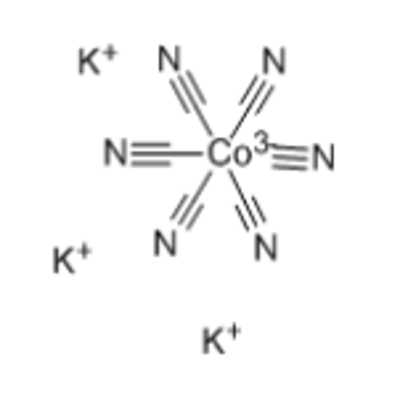-
Categories
-
Pharmaceutical Intermediates
-
Active Pharmaceutical Ingredients
-
Food Additives
- Industrial Coatings
- Agrochemicals
- Dyes and Pigments
- Surfactant
- Flavors and Fragrances
- Chemical Reagents
- Catalyst and Auxiliary
- Natural Products
- Inorganic Chemistry
-
Organic Chemistry
-
Biochemical Engineering
- Analytical Chemistry
-
Cosmetic Ingredient
- Water Treatment Chemical
-
Pharmaceutical Intermediates
Promotion
ECHEMI Mall
Wholesale
Weekly Price
Exhibition
News
-
Trade Service
Neopentyl glycol diglycidyl ether (NPGE) is a widely used chemical in the chemical industry, primarily as a raw material in the production of polymer compounds.
Despite its widespread use, there are concerns regarding the safety of NPGE, particularly in terms of its potential health effects on workers handling the chemical and the general public.
In this article, we will discuss the potential risks associated with NPGE and the measures that can be taken to ensure its safe use in the chemical industry.
Health Hazards of NPGE
NPGE is known to be a skin and respiratory irritant, and prolonged exposure to the vapors of the chemical can cause headaches, nausea, and dizziness.
Studies have also shown that NPGE can cause skin sensitization, meaning that it can cause an allergic reaction in some individuals.
Furthermore, there are concerns that NPGE may be harmful to the reproductive system, and it has been classified as a Category 3 carcinogen by the International Agency for Research on Cancer (IARC), meaning that it is possibly carcinogenic to humans.
Measures for Safe Handling
To ensure the safe handling of NPGE, it is important to follow proper safety protocols and guidelines.
This includes wearing appropriate personal protective equipment (PPE), such as gloves and a face mask, when handling the chemical.
Additionally, the area where NPGE is being used should be well-ventilated, and workers should avoid breathing in the vapors of the chemical.
It is also recommended that workers undergo regular medical checkups to monitor any potential health effects from prolonged exposure to NPGE.
Storage and Transport of NPGE
NPGE should be stored in a cool, dry place and away from any ignition sources, as it is highly flammable.
It is also important to ensure that the chemical is stored in appropriate containers that are resistant to corrosion and are compatible with the chemical.
When transporting NPGE, it should be done in accordance with the relevant regulations and guidelines, and the cargo should be properly labeled and packaged to minimize the risk of accidental release.
Environmental Considerations
NPGE is known to be harmful to the environment, and it should be disposed of in accordance with the relevant regulations and guidelines.
The chemical should be chemically neutralized before disposal, and any residual waste should be properly treated and disposed of.
It is also important to minimize the use of NPGE and to recycle any waste materials whenever possible to reduce the environmental impact of its use.
Conclusion
NPGE is a widely used chemical in the chemical industry, but its potential health and environmental risks must be carefully managed to ensure its safe use.
It is important for workers handling the chemical to follow proper safety protocols and guidelines, and for the chemical to be stored and transported in accordance with the relevant regulations and guidelines.
Furthermore, efforts should be made to minimize the use of NPGE and to recycle any waste materials to reduce its environmental impact.
By taking these measures, the risks associated with NPGE can be effectively managed to ensure its safe use in the chemical industry.







